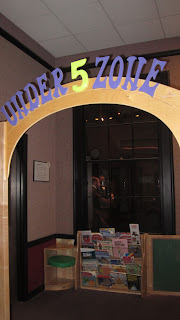National Museum of the American Indian 17th April
Washington DC
The National Museum of the American Indian has galleries and exhibits that aim to educate visitors on American Indian culture. The galleries engage visitors in American Indian history, the varying tribes, their customs, beliefs and values. As well as the galleries the museum offers mini educational workshops. American Indian museum education officers teach visitors through hands on workshops. The workshop I participated in was on the different types of canoes built by American Indians, how they were made and the science behind the success of the materials used.
Birch Tree bark was used to build boats, where it was available and the inside of the bark was on the outside of the boat, as it was waterproof. Reeds were used by American Indians in many South American regions. When the reeds became wet they expanded, making the boat waterproof. The same reeds had their flowers boiled up and used as painkillers. Boats were made of sealskin, as this is a waterproof substance. The boats length was established by measuring the distance from fingertip to fingertip, when arms are stretched out horizontally and multiplying this number by 2.
The information offered in this workshop was an American Indian science perspective. Teaching science from this perspective is engaging and relevant and is how I would like to deliver science from an Indigenous Australian perspective in Australia. However, I do not have the Indigenous Australian knowledge to be able to teach science from this basis.



















































